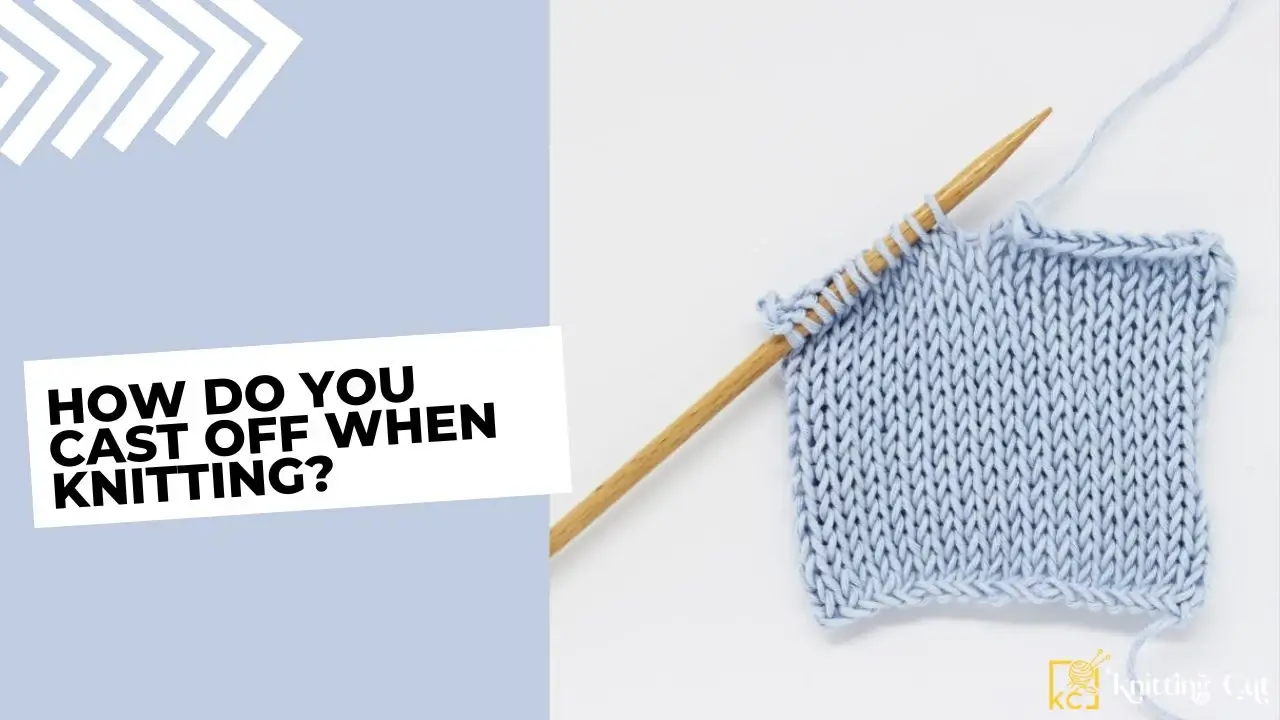Congratulations, you’ve finished your knitting project! Now it’s time to cast off. For those of us who are beginners at knitting, casting off can seem like a daunting task. But fear not. With the right instructions, it doesn’t have to be complicated. In this blog post, we’ll go over how to cast off when knitting in just a few easy steps.
Step One: Slip the First Stitch Over the Second Stitch
First and foremost, slip the first stitch over the second stitch on your needle. To do this, simply put your left needle into the first stitch on your right hand as if you were going to knit it, but instead of knitting it, slide the first loop up and over the second loop on your right-hand needle. You should now have one fewer loop than when you started.
Step Two: Knit the Next Stitch
Next, knit one more stitch from the left-hand needle onto the right-hand needle. There should still be two loops remaining on your left-hand needle. The last knit stitch and another stitch that hasn’t been worked yet. Again, slip the first loop over the second as before and slide it off of your left-hand needle completely. You should now have just one stitch remaining on your left-hand needle. This is called “Binding off“.
Step Three: Bind Off Remaining Loops
Now take the yarn that is attached to your ball of wool or whatever type of yarn you are using and pull it through this last loop from back to front. This will secure the last loop in place so that no stitches come undone when you remove them from their needles later on. Finally, snip any excess yarn that is sticking out so that everything looks neat when you are finished.
Also Read: Is Knitting Hard To Learn
Conclusion
Casting off is an important step in concluding a knitting project. Without it, all of your hard work would unravel. With these three simple steps, you can easily cast off any project in no time at all. Happy knitting! Whether you’re a beginner or an expert knitter, once you get comfortable with casting off you’ll be able to make beautiful garments with ease.
Also Read: 10 Essential Knitting Techniques How To Weave in Ends
